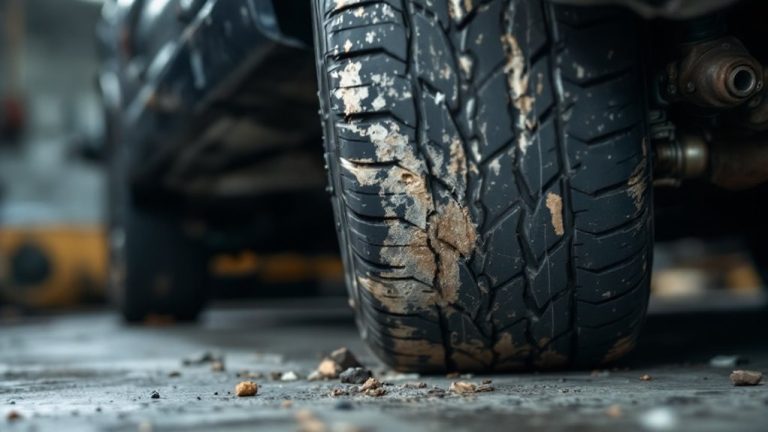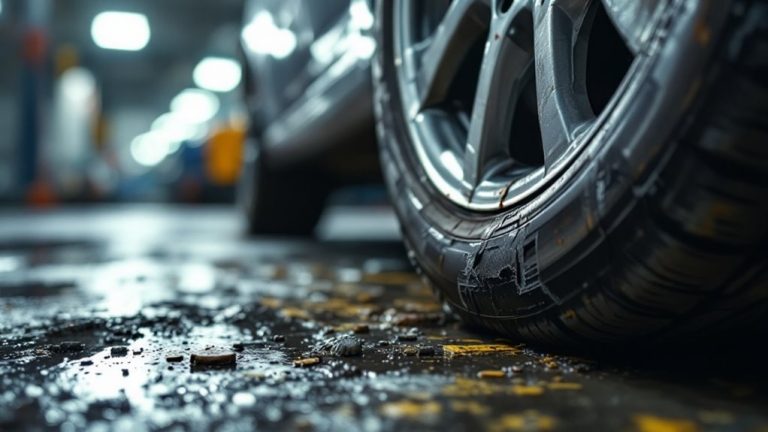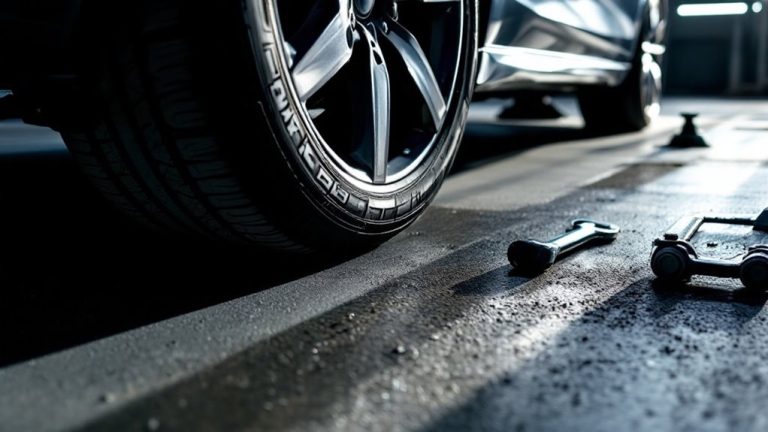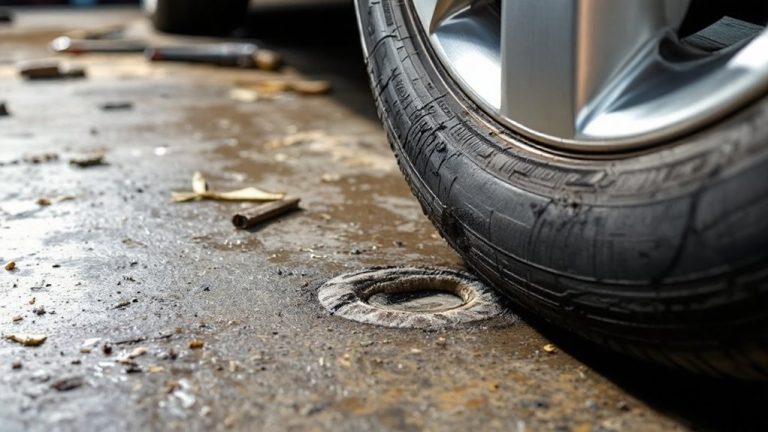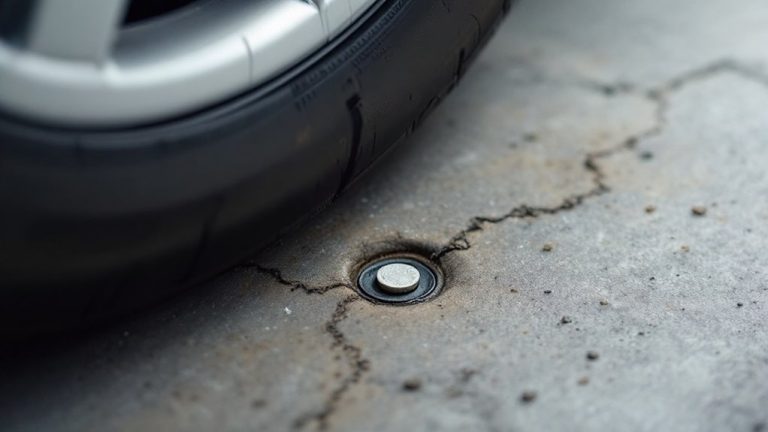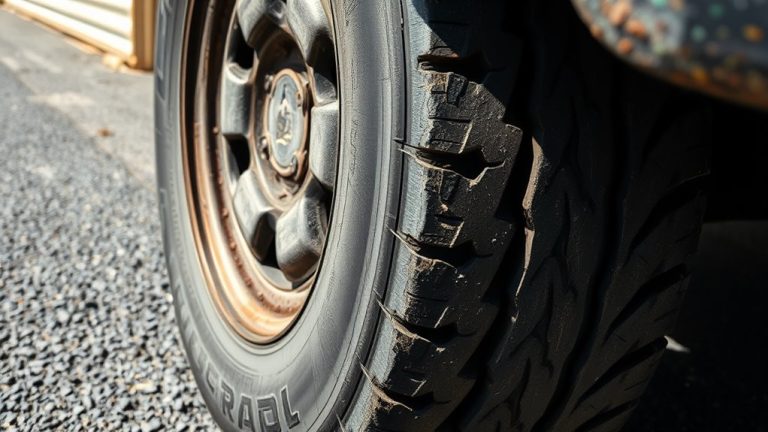Can Bad Shocks Cause Tire Wear
Bad shocks can definitely lead to tire wear. They don’t absorb road bumps well. This causes uneven pressure on your tires. You might see weird patterns like cupping on treads. That means less grip and faster tire damage. Shocks in poor shape mess up wheel alignment. This adds extra stress on rough roads. Sharp turns make it even worse. Studies show worn shocks cut tire life by 20%. Keep shocks in check to save tires. Dig deeper for easy maintenance tips and more info.

